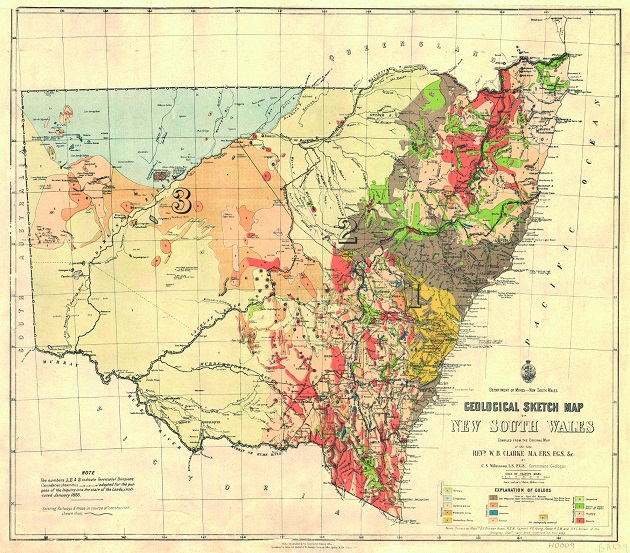Buffer map drawn but farms want more
 Protections have been put in place to cover over 90 per cent of dwellings from any new coal seam gas activity in New South Wales.
Protections have been put in place to cover over 90 per cent of dwellings from any new coal seam gas activity in New South Wales.
Extensive mapping activities have been carried out after a State Government announcement in February, which stated there would be a buffer zone of at least two kilometres between new gas wells and residential areas.
Planning Minister Brad Hazzard says mapping for the promised buffer zone is complete, and will apply to 95 per cent of dwellings in the state.
The widespread surveying has also determined new lines for areas designated as critical industry clusters and of agricultural land.
Mr Hazzard says there is still some room to move, anticipating future tweaks.
“Effectively if you're on a large lot then those issues still need to be determined; proximity to town, mixed uses, historic nature of connect with the village, those issues are all being looked at by the Department. They're part of stage two,” he said.
“In essence, if you're in a town or a city or a village, what looks like a village, smells like a village you're probably pretty good.”
The Government has put out its plans for stage-two exclusion zones around seven rural residential areas; considering which should be defined as villages.
Exploration and production licences which have already been approved will not be affected by the buffer zones, and will be allowed to go ahead.
The mapping provides more certainty for individuals and the industry, Mr Hazzard says, with the Government open to looking at larger lots for protection and future growth areas.
There is concern from the New South Wales Farmers Association though, which says the NSW Government has not done enough to fulfil its promise to protect agricultural resources.
Farmers Association President Fiona Simpson says: “the agricultural land and water is mapped as biophysical Strategic Agricultural Land, and that land is not ruled out of development.”
“The exclusion zones apply to towns and population centres; they don't apply to agricultural land or water.”
“It appears that the Government is only too happy to map some of these wonderful natural features but then it is not willing to go that extra step and protect them and rule them out of development from extractive industries,” she said.
“What we are seeking is balance and certainty that we can develop the extractive industry without destroying our very valuable agricultural lands and water.”







 Print
Print